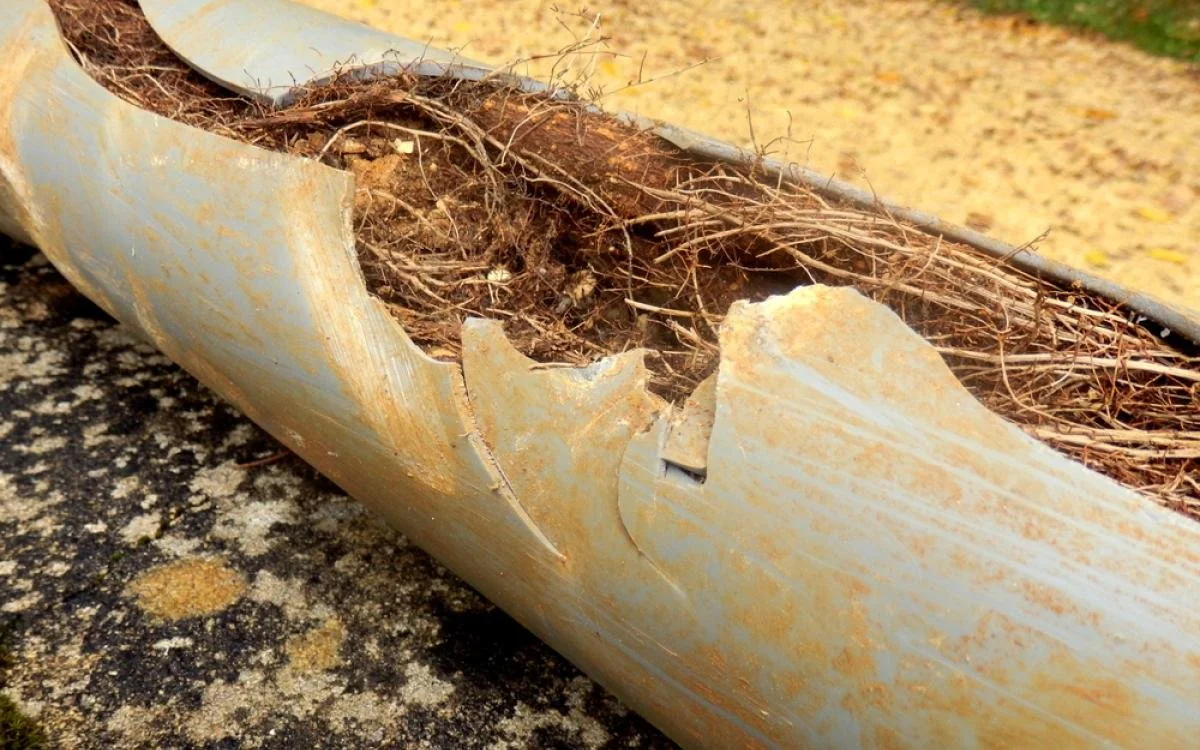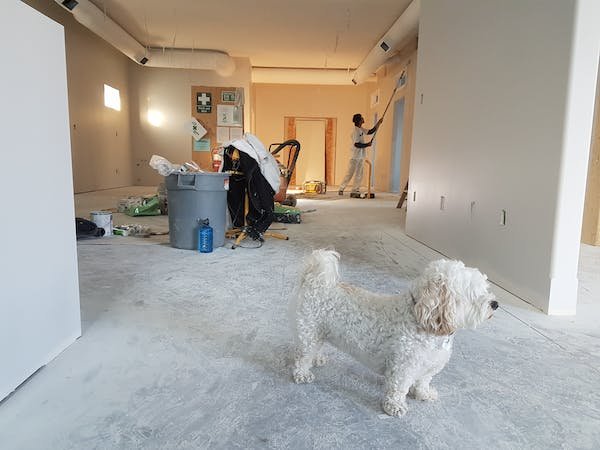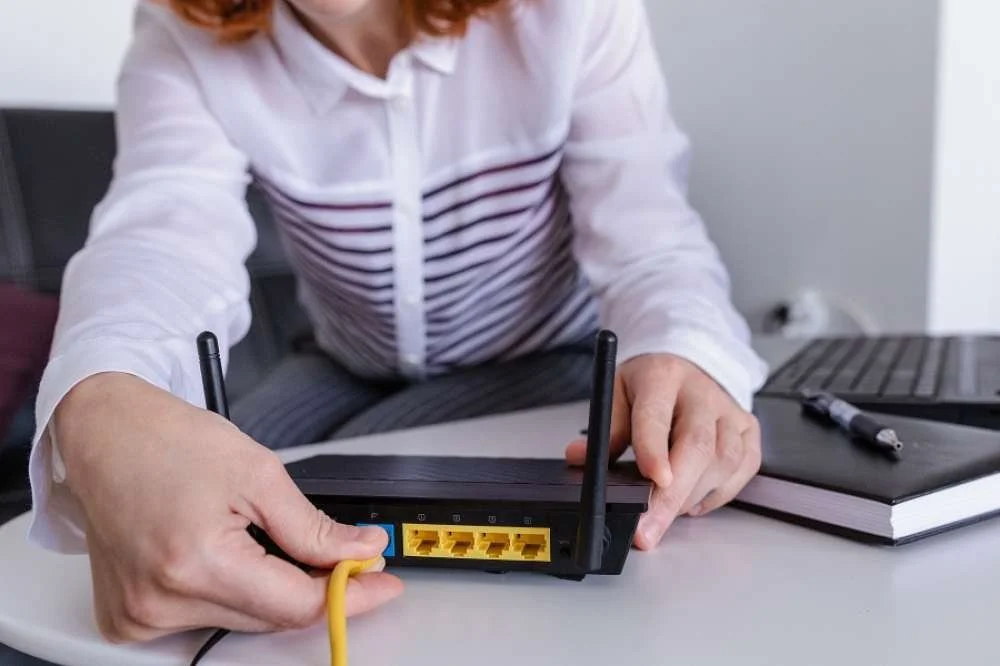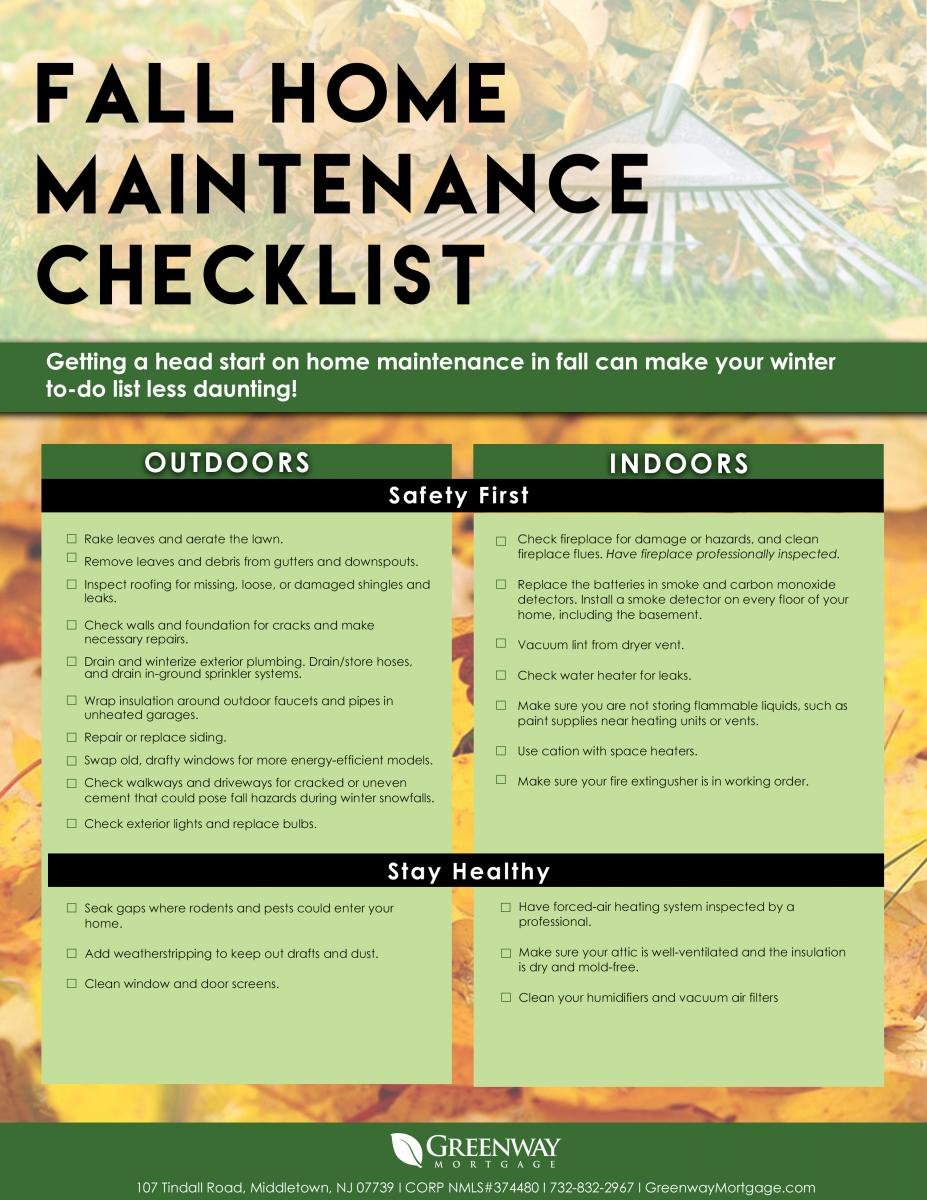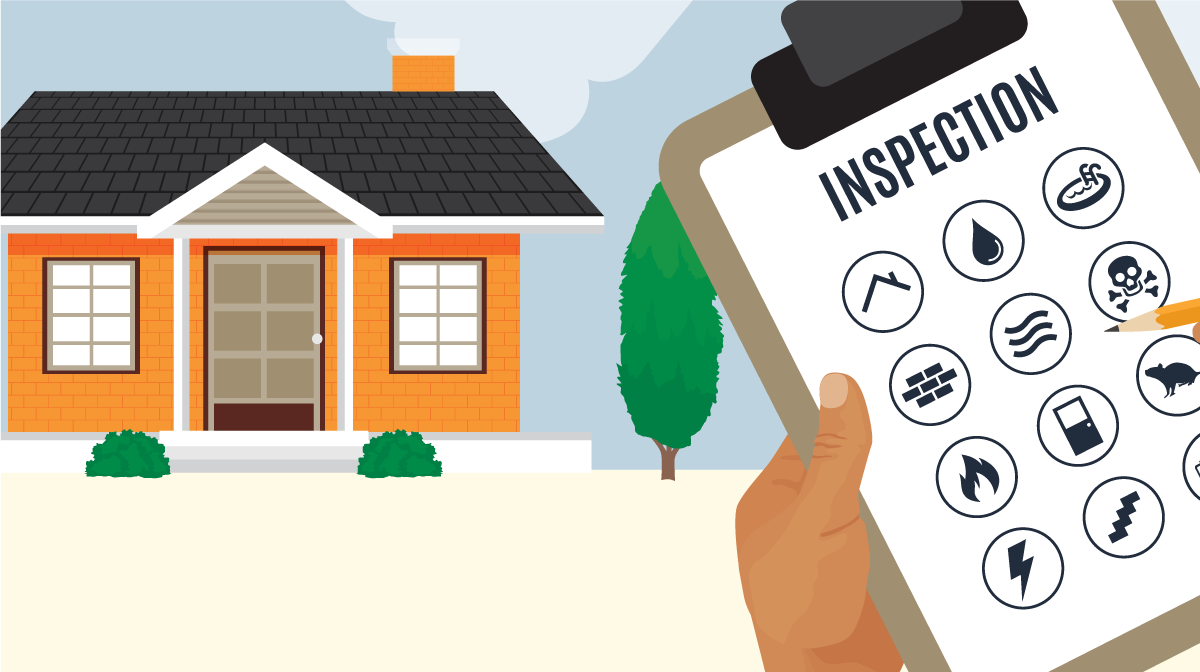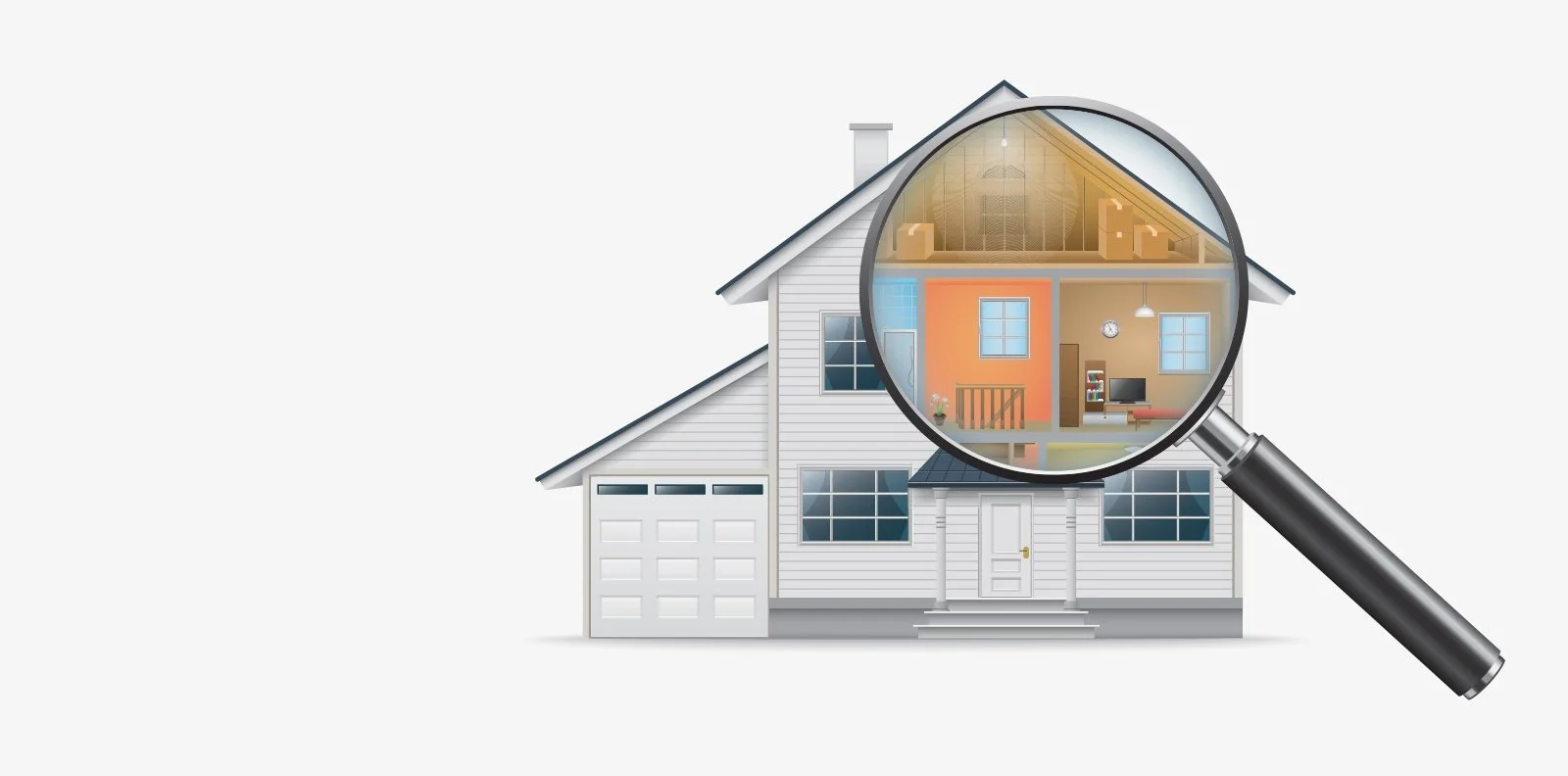13 things to consider when buying a house
RH Business Marketing Solutions
Buying a house is an emotional decision because you choose a place that will become special and contain all the emotions and moments of your life.
But your decision must also take into account your rational needs. A house must guarantee reliability and safety over time. Especially if you take out a mortgage to buy the property as it becomes a long-term commitment.
Naturally, we wonder what to look for in a property when looking to buy. Here are 13 essential things you need to take into account.
1. The average cost of houses in the area
Before buying a house, analyze the trends in the local real estate market:
Find out the average square footage of the apartments in your areas of interest.
Discover the average price of properties per square foot.
Monitor the local market performance to check if it’s a favorable moment to buy a house in this location.
This information will allow you to evaluate all available proposals realistically, understanding if they align with your personal needs or if it’s better to focus on researching a different area.
2. House condition
If you’re already interested in a property, organize a thorough inspection that will give you insights into its condition. Get help from competent professionals who can provide you with technical answers regarding different aspects of the house, such as:
The electrical system may be old and have lost its insulation capacity, and you may have to redo it. Rely on a technician for the appropriate checks.
Plumbing system: check externally and internally if there are leaks in the pipes and ducts and if the pressure and color of the tap water seem fine.
Stability of the house: check if it has large cracks that could compromise the safety of the home.
The general condition of the structure: check the state of the floors, doors, windows, fixtures, and tiles. Any damage may result in extra costs that you can report when negotiating the final price.
Air and light: if the air can circulate well in the house, there won’t be problems with humidity, mold, and pests. Also, visit the house during the day, checking how much natural light comes in and how bright it is.
3. Necessary documents
Check that all the property documentation is in order. Some crucial papers to consider include:
Property title – a document that certifies ownership and traces changes in ownership over the years. Ensure that the last owner stated in the paper is the seller.
Seller's identity documents. Verify the identity of the seller and their right to sell the property.
Building permits that guarantee that any changes to the property are legal. When you purchase a property, you also take over the responsibility for unpermitted modifications.
Purchase agreement – the contract between the buyer and the seller.
Home inspection report, which describes the condition of the house in detail.
Energy Performance Certificate (EPC) certifies the house's energy efficiency. This document contains information on the property's typical energy costs and advises on reducing energy consumption to make the property more efficient and eco-friendly.
4. Renovation
If a house fits your needs but needs updates, repairs and improvements, make sure you have the time and budget for a renovation.
Additionally, building codes may have changed over the years, so the house may need some changes to adapt to the new regulations. A real estate agent can help you get this information.
5. Appliances
Evaluate the current appliances in the house and if they need replacements.
These can be expensive to replace, but upgraded appliances can be more functional and sustainable, consuming less energy.
This is a fundamental step to reducing the environmental impact of your home.
6. Homeowner's Association Details
A knowledgeable real estate agent can also help you determine if a Homeowner's Association (HOA) or other similar associations exist in your area. If so, read their requirements.
HOAs can impose many rules or monthly fees.
For example, if you want to change something in your future house, you should first check with the local HOA if it is allowed.
7. Garage or parking space
A garage adds value to a property. It keeps the car safe and adds additional square footage that you can use to build a home gym or as storage. Alternatively, a private parking spot also provides comfort in easily parking your car.
If your house does not have a garage or a parking spot, look around the area to understand if it is difficult to park there. Looking for a place to park can be stressful and time-consuming every time you return home.
8. Location and neighborhood
The location of the house is crucial, and so is the neighborhood. You should check whether the setting is family-friendly and quiet day and night.
As you walk around the neighborhood, try to meet some neighbors to ask for more information about the facilities and people in the area.
Look for a home with friendly neighbors and a good residential atmosphere.
9. Infrastructure
Consider the neighborhood transportation network and how easy it is to get there by road or public transport.
You must also check for reliable phone and internet coverage, sufficient water supply, street lighting, etc.
The more accessible your neighborhood, the more comfortable it is to live there.
10. Parks and green areas
Parks and green areas are vital assets to every neighborhood. They bring enormous benefits to everyday life, such as purifying the air and lowering the temperature inside cities. They also help us stay in contact with nature, and in urban areas, parks may be the only option for residents to enjoy nature and stay active.
A case in point is the Kitsilano Community Center, located within Connaught Park in Vancouver, which offers many services to residents. The Center contributes to the community's identity and provides active and passive recreational opportunities for all ages.
It offers various programs, from health and fitness to arts and culture, in single classes or day camps. Participants of all ages can build connections within their community while pursuing personal development and enjoying their leisure time.
11. Schools and Colleges
Parents or couples looking to have a family should also confirm whether there is a good school in the neighborhood. This will make travel easier and faster, simplify everyday life, and ensure quality education for children.
The schools' presence also facilitates communication between families in the same community, creating relationships of trust and support.
In addition, some high schools nowadays offer services that improve residents' health and well-being by creating community centers.
12. Facilities in the neighborhood
A functional neighborhood must have certain shops and services.
These facilities include grocery stores, pharmacies, a bakery, a bookstore, and gyms
Other convenient facilities to have nearby are restaurants, bars, clothing stores or shopping malls, a car mechanic, and a laundry
Having these services close by will limit travel outside of the neighborhood.
13. Crime
One aspect that should not be underestimated is the crime rate. Make sure the house you want to buy is in a quiet, clean, and well-maintained neighborhood where you don't need to install a burglar alarm immediately.
You can check the crime rate in the neighborhood online. Taking a tour around the area can help you get an idea of what to expect.
Final thoughts
Now you know the main things to consider when buying a new home. You have the information to find the right fit in a neighborhood that covers all your needs.
If you need help, you can contact a real estate agent and communicate your requirements.
Enjoy your research!
Author bio
Alice Ibba has graduated in Architecture and is working as a freelancer, combining her passions for interior design, holistic wellness, sustainability, psychology, and graphic design. She defines herself as a multipotentialite. You can get in touch with her on LinkedIn.



